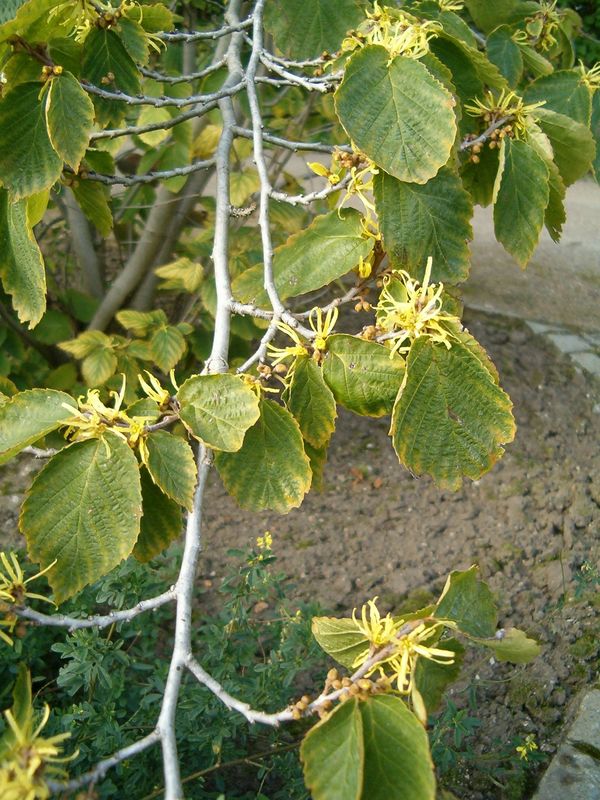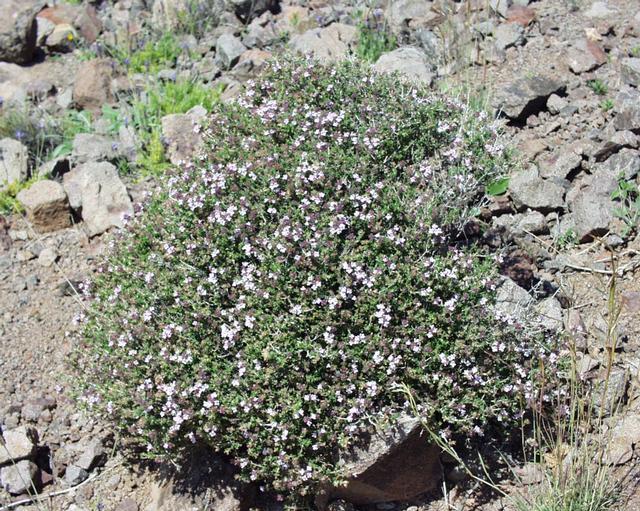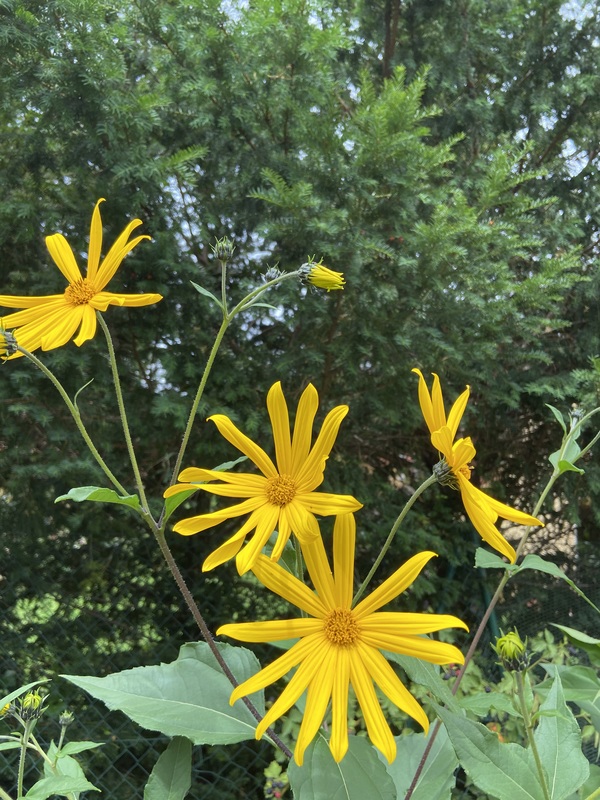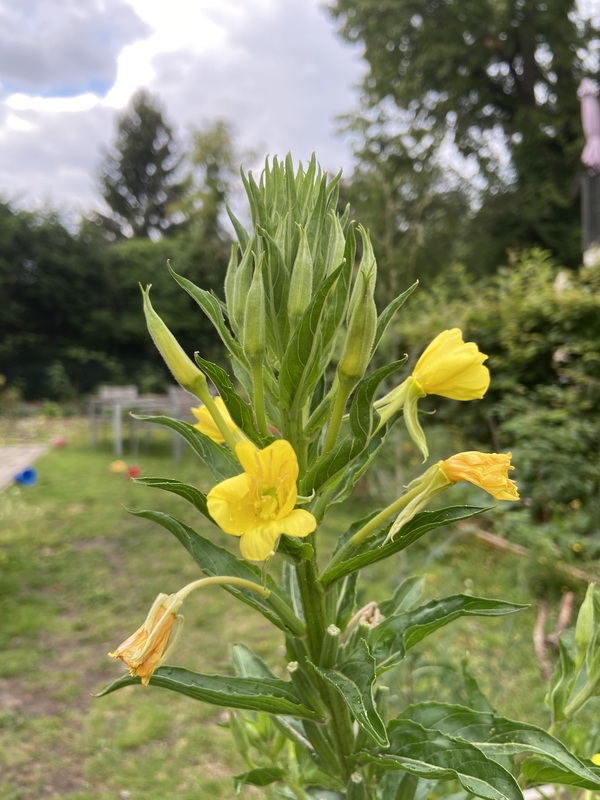Description
Cone flower, or Rudbeckia laciniata, is a species of flowering plant native to the central and eastern United States. It typically grows to about 2-4 feet tall, with a spread of about 1-2 feet. The plant has a clumping habit, with upright stems and large, daisy-like flowers. The flowers have yellow petals and a dark brown or black central cone. The leaves are lance-shaped and toothed, and are arranged in a basal rosette.
In terms of growing conditions, cone flower prefers well-drained soil and full sun to partial shade. It is generally easy to grow and is tolerant of a range of soil types. It is also drought-tolerant once established. To cultivate the plant successfully, a grower would need to plant it in a location that receives plenty of sunlight and water it regularly until it is established. Once established, the plant can be allowed to dry out somewhat between watering.
Cone flower is winter hardy and can survive cold temperatures. It is also attractive to a range of pollinators, including bees and butterflies. The plant is not edible and does not have any known medicinal uses. However, it can be used in ornamental gardens and as part of natural landscaping. Its showy flowers and attractive foliage make it a popular choice for gardeners.





